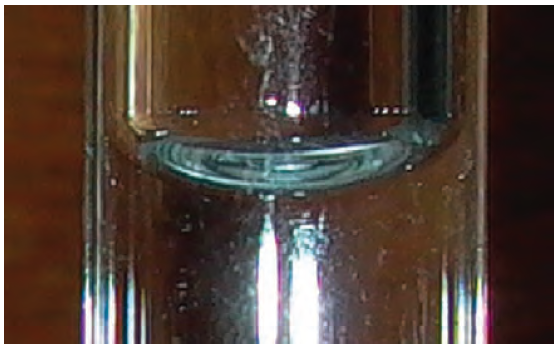Evaluation of measurement uncertainty for volumetric glassware calibration from the variation of surface tension between liquid and glass
DOI:
https://doi.org/10.60136/bas.v3.2014.246Keywords:
Measurement Uncertainty, Calibration of Volumetric ApparatusAbstract
Measurement uncertainties in calibration of volumetric glassware are from many sources for instance the weighting machine, environment, liquid temperature, position of meniscus. This paper described the uncertainty due to the cleanliness of volumetric glassware. With the less cleanliness, it will reduce the surface tension between the glass and the liquid. The less surface tension is the more contact angle and the less volume of meniscus. In the controversy the more contact angle is the more cleanliness, it will increase the surface tension between the glass and the liquid and the more volume of meniscus. In this case we found that the effect of deviation of contact angle will affect the uncertainty of the measurement of volume more that 50% of the overall measurement uncertainty. So the laboratory should pay more attention to the measurement uncertainty due to the variation of contact angle or surface tension between liquid and glass.
References
พจมาน ท่าจีน “ความผิดพลาดของการวัดปริมาตรที่เกิดจากตำแหน่งเมนิสคัสของเครื่องแก้วปริมาตร” วารสารกรมวิทยาศาสตร์บริการ 2547, 52(166), 39-40.
SEARS, Francis W., Mark W. ZEMANSKY, and Hugh D. YOUNG. University Physics. 5th ed., London : Addison Wesley, 1978, pp. 222-226
ASTM INTERNATIONAL. Standard practice for calibration of laboratory volumetric apparatus, ASTM E542-01, 2012, pp.106-113

Downloads
Published
How to Cite
Issue
Section
License
Copyright (c) 2022 Bulletin of Applied Sciences

This work is licensed under a Creative Commons Attribution-NonCommercial-NoDerivatives 4.0 International License.









